Just about every city with a mountain has a hike of devotion that pilgrims do to show their faithfulness; Monserrate is Bogotá’s version of this. Most of the time the mountain silently casts its shadow over downtown Bogotá. For those who do glance up, they see the gleaming white church that sits on the peak.
Catholic ceremonies first started on Monserrate in the decade between 1620-1630, when the Brotherhood of the Holy (True) Cross used the mountain top for their retreats. Over the course of the next 30-years, a devotional climb to the top became a trendy activity in Bogotá. In 1650, the brotherhood approached the Archbishop and asked for permission to build a permanent church on the mountain. The resulting church was named Montserrat after the Virgin of Montserrat in Cataluña (Spain) and named the entire mountain named Monserrate. Interestingly, adding the “e” to the end of the mountain name changes the word from Spanish to Portuguese.
A replica statue of the Virgin of Montserrat was added to the church with another depicting Jesus on a cross to represent the Brotherhood. However, in 1656, under the management of a new Father, orders were given to have Jesus removed from the cross. This inadvertently earned the statue the name El Señor Caído (the fallen lord). Pilgrimages to the mountain were originally to see
On Sundays, people do the hellish journey to the top to reach the church on time for Sunday service. This is considered the safest day to climb (there is safety in numbers); on other days it’s recommended you take the funicular or aerial tramway. The hike is not easy and even the devoted fail. I was baffled by the sheer number of paramedics hanging out at the halfway point until group after group of medics passed me with a stretcher occupied by a person on my trek down.
People don’t always climb the hill in devotion. Much like Vancouver’s obsession with the Grouse Grind, here reams and reams of runners wend their way up and down the pathway… even some children and elderly.
I wasn’t originally going to visit Monserrate but I had nothing planned for Sunday and decided to attend the service at the top. I’m glad I did because the views from Monserrate are spectacular and it felt like all of Bogotá was in church that day. The trail to the top is laden with people, police officers, and the best part: food and religious artifact sellers. I wondered if these vendors lived somewhere on the mountain or if they hiked up early in the morning before everyone else to get their wares set-up. They must be really fit.
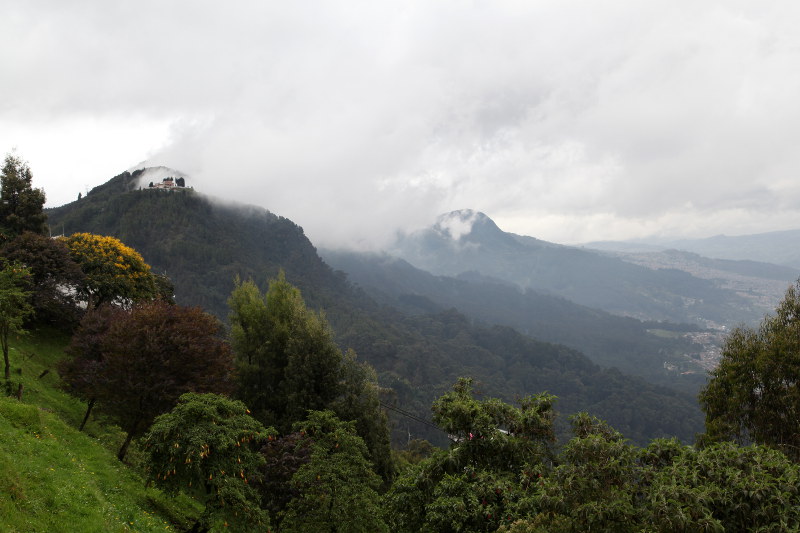
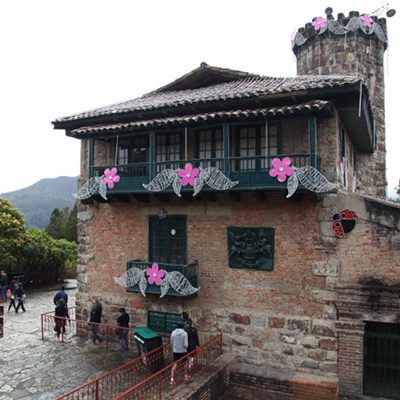
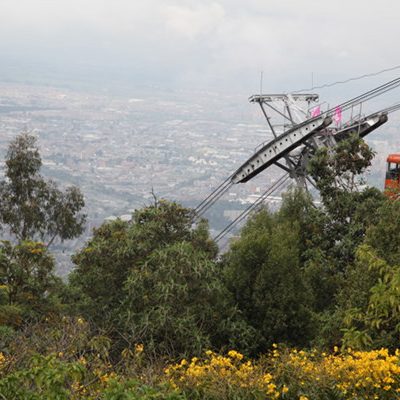
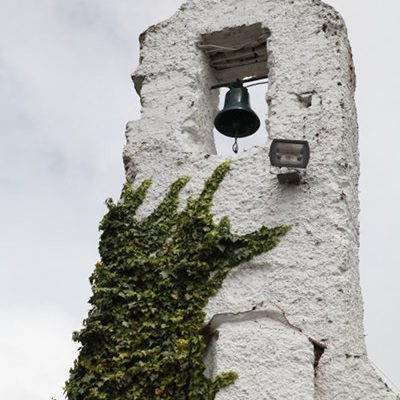
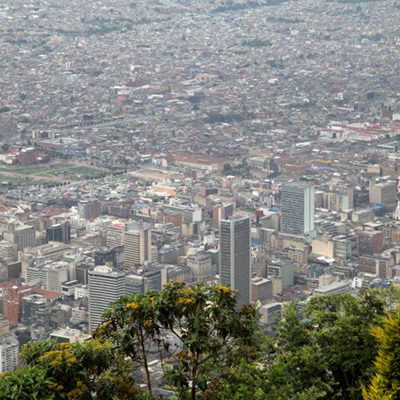
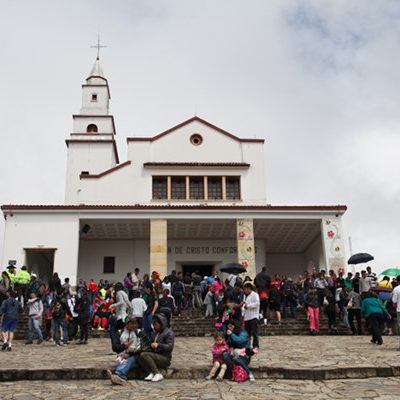
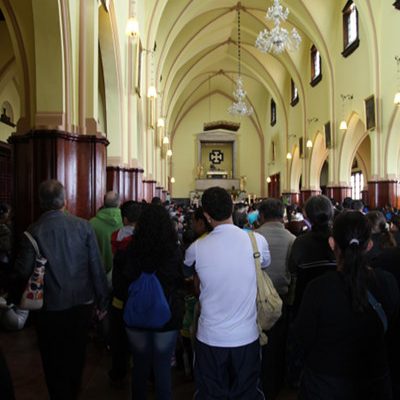
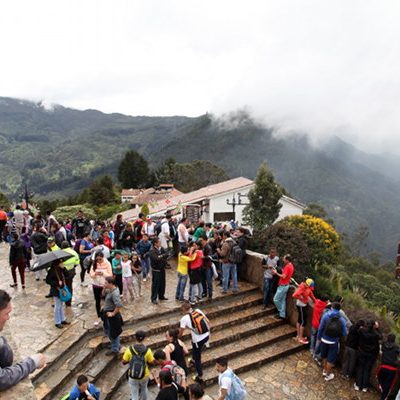
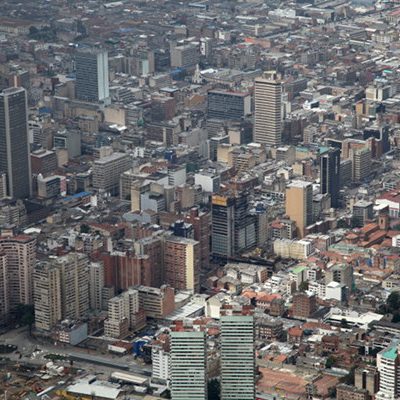
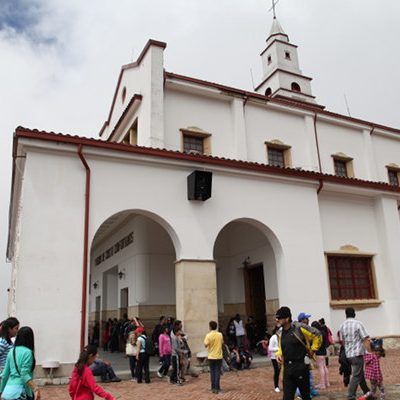
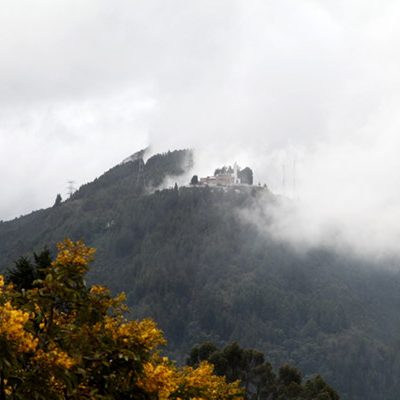
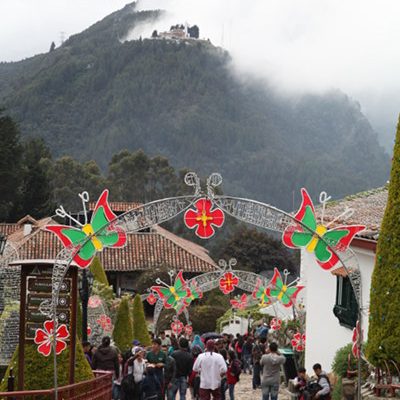
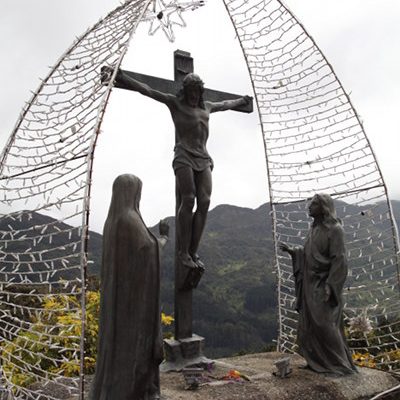
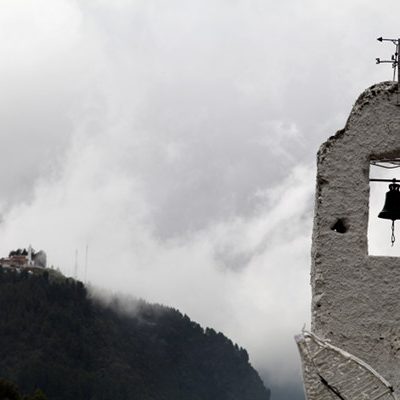
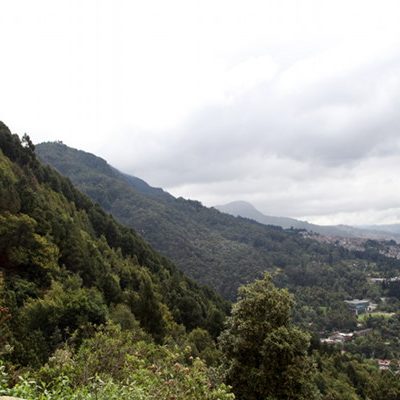
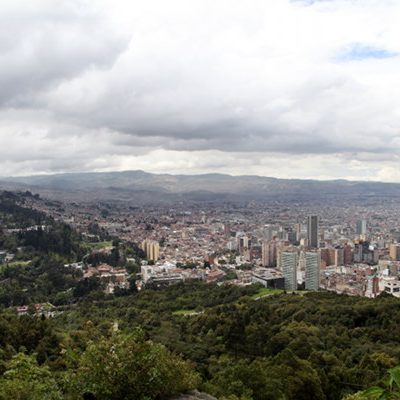
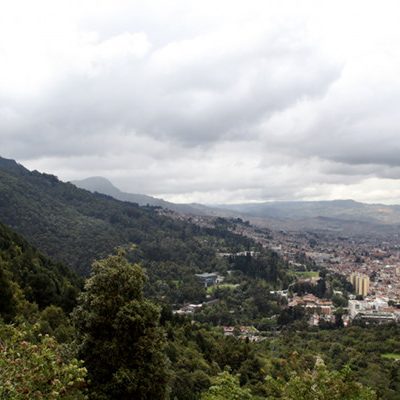
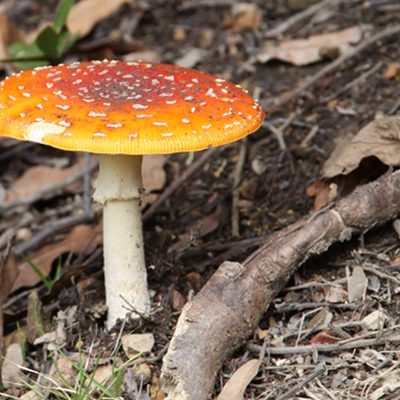
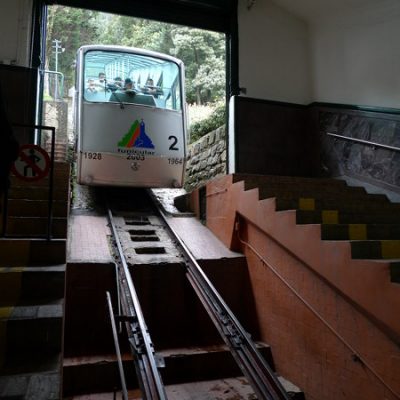
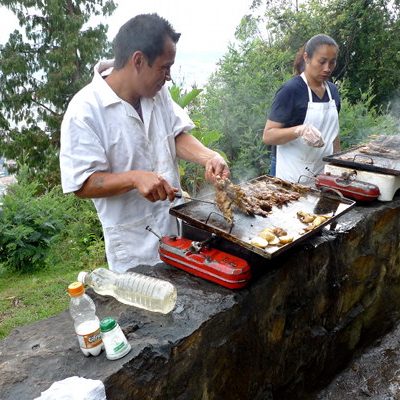
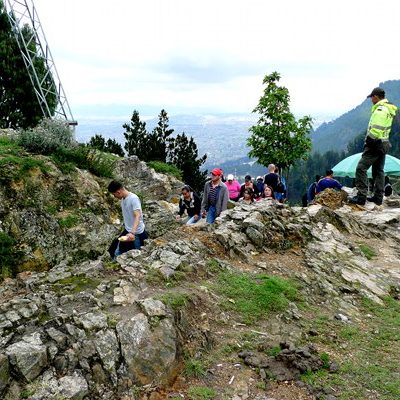
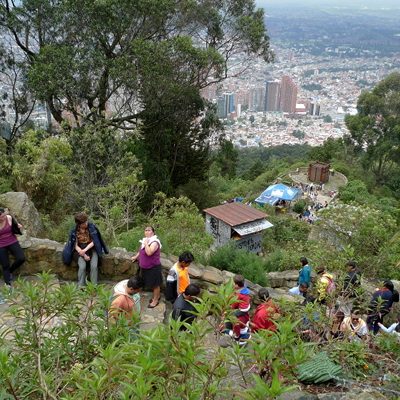
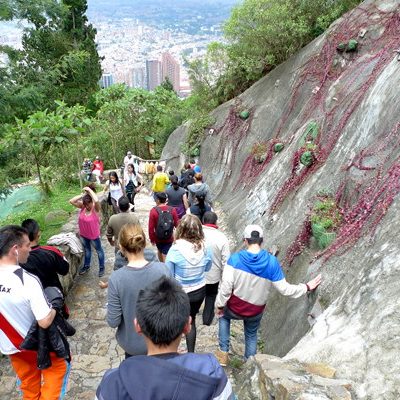
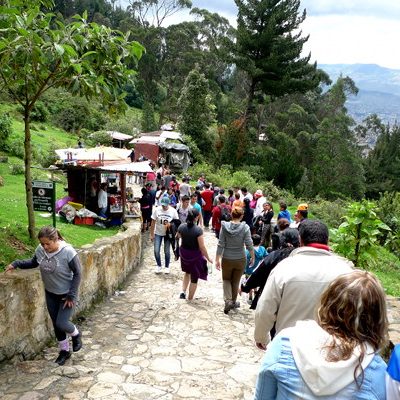
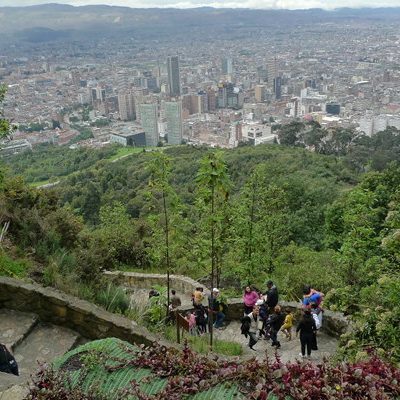
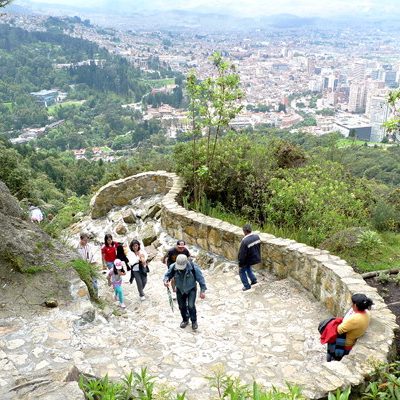
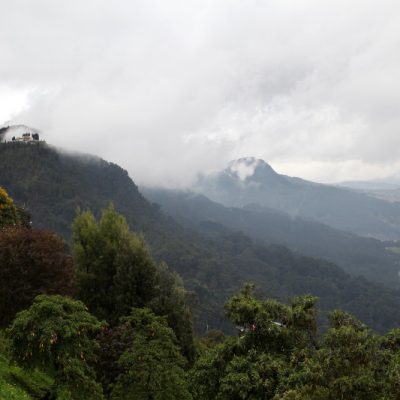
I’ve always loved how individuals – and the societies they collectively form – adapt to the environment around them. A mountain that looms overhead often seems to define day-to-day life for the people who live in its shadows, and the behaviours that evolve as a result become stories of legend in their own right.
Thank you for continuing to tell these incredible stories of slices of the world we otherwise wouldn’t get to see or experience. Travel safe!
Hey Carmi! Thanks for stopping by. I think the people in Bogota have also adapted to the high altitude so it is much easier for them to climb. At about a quarter of the way up I discovered that I couldn’t even breathe.
I just discovered the Iberian Union, where between 1581-1640 Portugal and Spain were ruled by one King: Philip II of Spain. Seems that King of Portugal died without an heir and left the throne to a union between the two countries. The Iberian Union lasted for almost sixty years. Could explain the interesting naming.